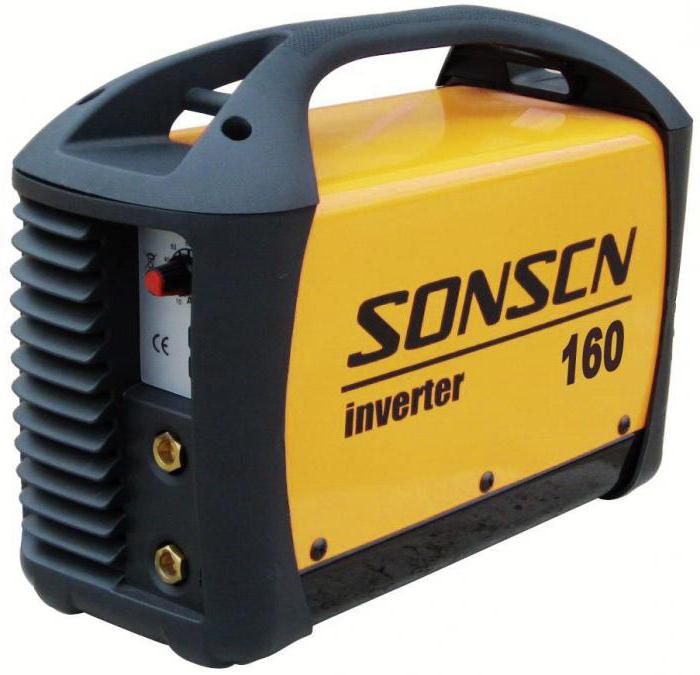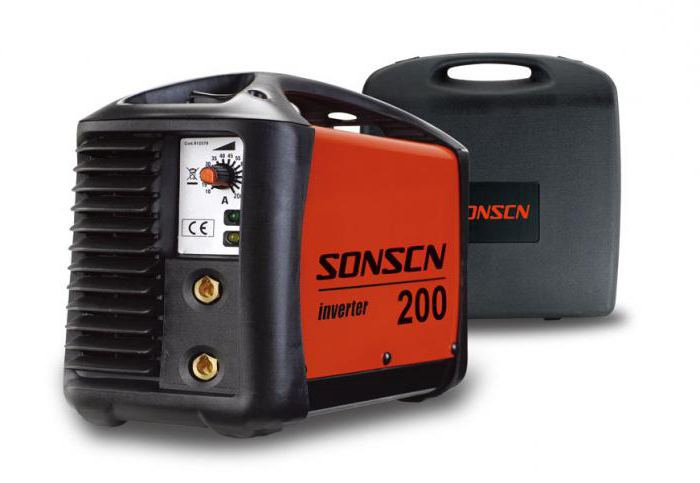The article will consider the classic circuit of the welding inverter. Today they are very popular, their price is quite affordable. They have a lot of positive qualities, in particular, ease of operation and low weight. But, like other electronic devices, the welding machine may fail. And in order to carry out high-quality repairs, it is necessary, at least in general terms, to have an idea of its structure, of what elements the inverter circuit consists of. Without this, you will not be able to repair the welders whose circuit uses inverter converters. Therefore, a lot of theory is needed to learn about this device.
Basic information about invertors
In fact, this is a power supply, the principle of its operation is similar to that used in personal computers. The conversion of electrical energy occurs according to the same principles, despite the fact that the sizes and functions of these devices are different. There are several stages that occur in the welding inverter. The first thing that happens is the conversion of the alternating voltage, which comes from the 220 V network, into constant voltage. How this happens will be discussed below, as well as the electrical circuit of the welding inverter.
Then, this voltage is converted to alternating, but with a higher frequency. You know that in an electric network the current frequency is 50 Hz. In inverter welding machines there is an increase up to 80 thousand Hz. Then it is necessary to lower the voltage value with a high frequency. At the last stage, this low voltage is converted with a frequency of about 80 thousand Hz. This is a brief description, in fact, all stages can be divided into smaller components. But to understand the principle of functioning, this is enough.
Due to which the weight of the welding machine is reduced

And now about why the inverter type circuits were chosen. Look at the welding machines that were used previously, including homemade ones. Their main purpose is to reduce the alternating voltage, which comes from the household power supply to a safe value, but with a large secondary current. For this reason, the primary winding is wound with a thinner wire than the secondary. What current you get in the winding depends on the thickness of the wire. Below is a schematic diagram of a welding inverter in an article. Study it carefully to have an idea of what elements are included in it. For welding, sometimes several hundred amperes are required. Due to the fact that the power of such transformers is very high, and they only work at a current frequency of 50 Hz, in addition, they have very large dimensions. As you understand, the frequency of the incoming and outgoing current is the same. In other words, if 50 Hz was applied to the primary winding, remove the electric current from the secondary with the same parameters.
Inverter operating frequency

But thanks to inverter welding machines, in which the operating frequency increases by a value of the order of eighty thousand hertz, and in some machines more, it is possible to reduce the size of the transformers that are used to convert electric currents many times. If you increase the operating frequency, you can reduce the transformer at least four times. Consequently, the total weight of the entire welder will be very small. The cost of this apparatus is also reduced, as there is a saving of copper and steel, which are used in the manufacture of transformers. But in order to get such a frequency value, it is necessary to use inverter circuits. They consist of powerful field effect transistors that operate in key mode. With their help, the current is switched at the frequency necessary for operation. Please note that the field effect transistor can only work with a constant voltage. It is worth noting that the Resant welding inverter circuit is in many respects similar to that used in other devices.
The principle of operation of the rectifier
Therefore, before applying power to them, it is necessary to rectify the incoming current. For this, a rectifier is used, in which powerful diodes are located. They are connected by a bridge circuit. After this, the variable component is cut off using electrolytic capacitors. This happens in the first step of the transformation. Field effect transistors are connected to a transformer. With it, it turns out to lower the voltage. As mentioned above, these transistors switch current with a frequency of sometimes even more than 80 thousand Hz. It is clear that the transformer must also be designed to work with such parameters. The dimensions of this device are very small, it can not be compared with those used in conventional transformer welding machines. But his power is the same. It is clear that there are still many different elements that are necessary for the stable operation of the welding machine. And now in more detail about how each unit of a conventional welding inverter works. It has two main parts - power and control circuit.
Rectifier Cascade
In this unit, the conversion of alternating current that comes from the 220 Volt network occurs. It has several high power semiconductor diodes, as well as electrolytic capacitors and a choke. This, combined with the fact that alternating current with an operating frequency of 50 Hz, becomes constant. Capacitors are necessary in order to cut off the variable component, which still remains in the rectified voltage. Please note that there are several circuit options for voltage rectification. If the connection must be made to a three-phase network, the connection diagram of the semiconductor diodes will be slightly different. Therefore, you need to decide what kind of welding inverter circuitry you need. With your own hands, such a device can be assembled quite simply.
Filters
Note also that the voltage increases almost one and a half times after it arrives at the filter assembled on electrolytic capacitors. In other words, if 220 V is supplied from the network, then at the terminals of the capacitors, if measured, it will be 310 V. To smooth current ripples so that high-frequency interference does not occur, and also to avoid getting them into the electric network, it is necessary to install a special filter. Usually it is assembled on a choke, which is wound on an annular core, and also several capacitors are included in the circuit.
Inverter Cascade
Usually, two powerful transistors that operate in key mode are used to implement the inverter. It is worth noting that they are necessarily mounted on an aluminum radiator. There is also additional forced cooling with a fan. Thanks to these transistors, DC voltage is switched, which subsequently enters the pulse transformer. Moreover, switching occurs with a frequency of about 80 kHz. But there is a difference from the alternating current that flows in the household electrical network. Firstly, the frequency itself is many times greater than it. Secondly, the pulse shape of this alternating voltage, which is produced by field-effect transistors, is rectangular, not a sinusoid. To protect transistors from excessive overvoltage, it is necessary to use a circuit consisting of resistances and capacitors. It is worth noting that the circuit diagram of the welding inverter does not do without these elements.
High frequency transformer
A high-frequency transformer, to which voltage is supplied from transistors operating in the key mode, allows reducing its value to 65 volts on average. But at the same time, the current can be about 130 A. You can even draw an analogy with the ignition coil, which is used in cars. In welding inverters, a high voltage is applied to the primary winding, but its current is very small. The voltage with a lower value is removed from the secondary winding, but the current increases. Please note that the car ignition coil works in the opposite way. That is, a low voltage with a large current is supplied to the primary winding. And the secondary voltage is removed from the secondary, but with a lower current value.
Output rectifier
But it is worth taking a look at what components the e-mail consists of. welding inverter circuit. A rectifier is also installed at the output, which is assembled from high-power semiconductor diodes. They have a very high speed, they open and close in a time that is much less than 50 nanoseconds. When designing welding inverters, pay attention to the fact that you need to select these semiconductor elements so that their parameters satisfy the operating mode. Simple diodes will not cope with the task, as they will not be able to open and close in a timely manner. Excessive heating and, as a result, failure will immediately begin. For this reason, it is necessary during the design or repair to install diodes that have a very short switching time.